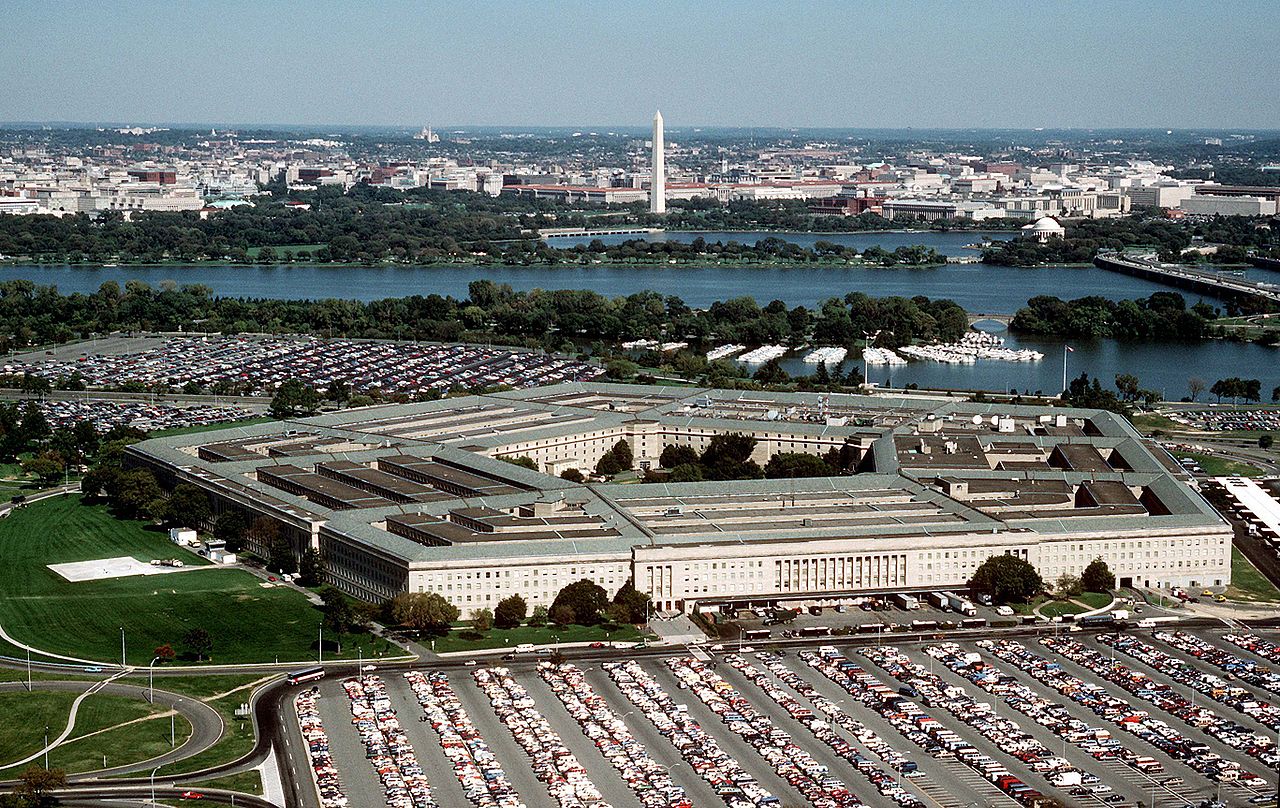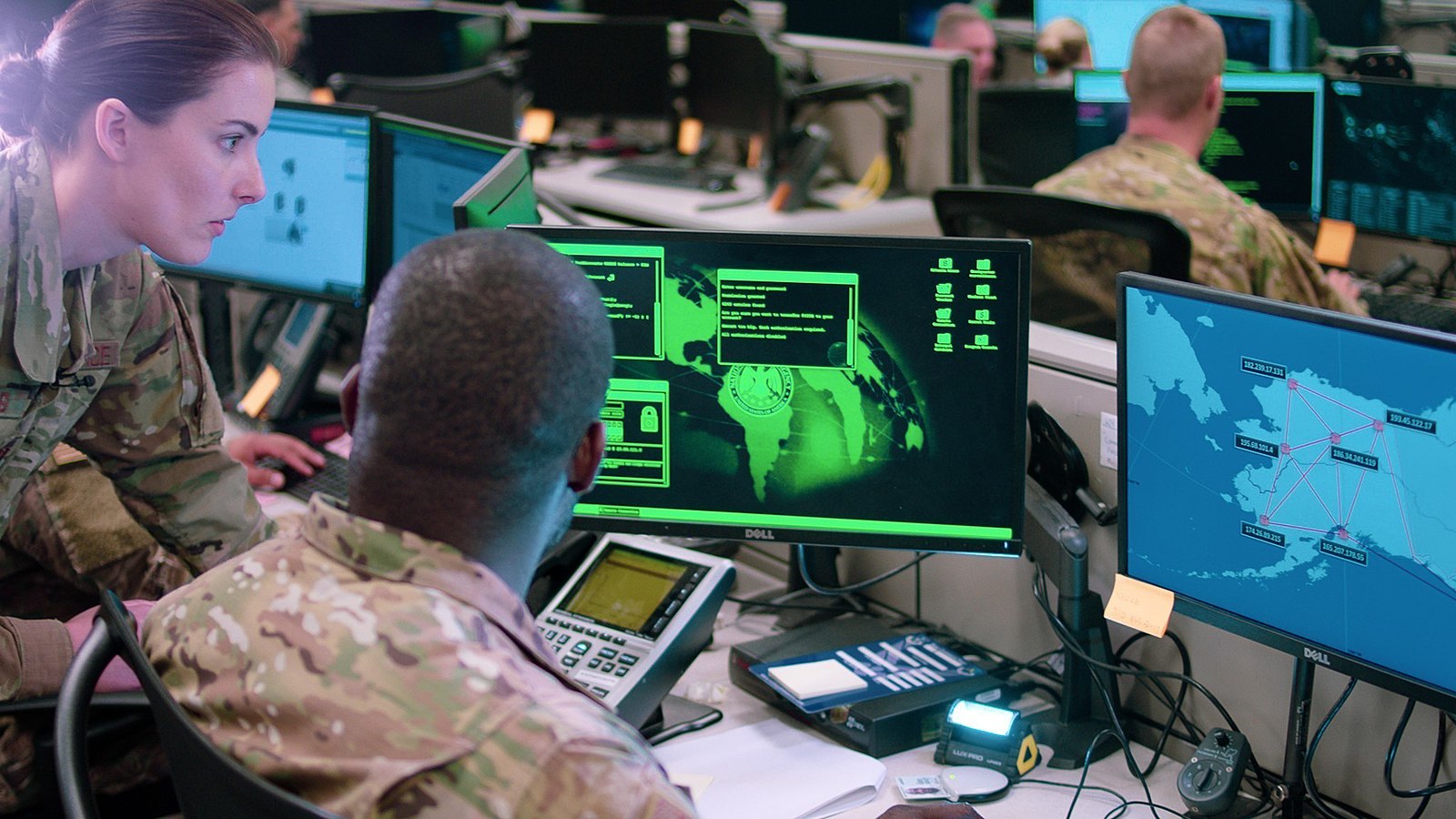Biodefense: Coordinating Our Response to Deadly Disease
Ninety-nine years ago, on March 11, 1918, mess cook Albert Gitchell reported sick to the camp infirmary in Fort Riley, Kansas. By noon, over 100 soldiers were hospitalized. Soldiers began to die. By the end of April, two-thirds of the main Army camps were suffering from the influenza epidemic. The Spanish flu had begun its spread in the United States. The virus eventually infected an estimated 500 million people worldwide, killing somewhere between 20 and 50 million—more people than were killed in World War I. Over half of the victims were young adults.

Published by The Lawfare Institute
in Cooperation With

Ninety-nine years ago, on March 11, 1918, mess cook Albert Gitchell reported sick to the camp infirmary in Fort Riley, Kansas. By noon, over 100 soldiers were hospitalized. Soldiers began to die. By the end of April, two-thirds of the main Army camps were suffering from the influenza epidemic. The Spanish flu had begun its spread in the United States. The virus eventually infected an estimated 500 million people worldwide, killing somewhere between 20 and 50 million—more people than were killed in World War I. Over half of the victims were young adults. In the United States, an estimated 675,000 people died, from remote Alaska to the densely populated East Coast.
On March 11, 2018, there will be no parades or fireworks to commemorate the start of the Spanish flu pandemic. But we should mark the occasion. The best way to do that would be for the United States to get serious about biodefense—to fully prepare for the next pandemic or biological threat. Unless the United States changes its current haphazard path, we are at risk of history repeating itself.
We need to plan for the spread of deadly disease. With over 7.3 billion people in the world, a majority of them living in urban areas, it’s not hard to imagine how a virus could kill many millions. We are a connected world—shipping containers carry goods around the globe and daily flights jet people from continent to continent within hours. In addition, more and more of us live in crowded conditions without adequate infrastructure or sanitation in megacities, urban areas with populations of over 10 million.
Influenza experts will tell you that it is a question of when, not if, another influenza pandemic will occur. We also face a threat from biological weapons, a threat for which the world is also ill-prepared, according to former United Nations Secretary General Ban Ki-Moon. Bill Gates observed at this year’s Munich Security Conference that terrorist-engineered viruses are “probably the only thing that can kill a billion.”
Although every U.S. president since Bill Clinton has developed policies to tackle the threat posed by deadly pathogens, at their core those biodefense efforts have left the nation dangerously vulnerable. Biodefense, like other catastrophic risks, requires a comprehensive approach, and currently we lack that. We need clinicians on the ground, well-functioning local public health systems, trained emergency managers, high-performing rapid diagnostics, and research and development work on vaccines, antibiotics, and other countermeasures. We need strong intelligence regarding the development of dangerous pathogens by bad actors. We need to closely monitor laboratories to ensure that deadly micro-organisms do not fall into the wrong hands or get accidentally released. We need to stockpile medical countermeasures in convenient places for rapid deployment and we need to practice dispensing them. Our hospitals need to prepare their facilities for the possible onslaught of patients and develop the capacity to feed them, dispose of their waste, and assist recovery in the event staff members themselves fall ill.
All of this must be done in advance of the bad day and in a coordinated fashion on a global scale. That kind of coordinated effort isn’t even happening yet in the federal government, much less across the nation and the globe. In fact, it is doubtful that any single entity, or even any single person, within the federal government could provide a comprehensive overview of the federal government’s own biodefense activities. In the absence of such knowledge, it is impossible to achieve the well-coordinated approach required by the threat.
We have made distressingly modest progress in the last two decades—but it’s not as if we haven’t received ample warning of the threat, as either a naturally occurring event or a terrorist-engineered one. In recent years, we have experienced numerous close calls giving us ample warning of what may lie on the horizon—that includes the anthrax attacks in 2001, the H1N1 influenza pandemic in 2009, the outbreaks of SARS in 2004, and MERS in 2015. Right now, we are seeing an outbreak of bird influenza in China which is a “cause for concern, that’s for sure” according to CDC flu expert Tim Uyeki. Brazil is currently suffering its worst outbreak since the 1920s of yellow fever, a disease that has up to a 50 percent mortality rate for those who fall seriously ill. With temperatures warming due to climate change, we have witnessed the geographic spread of insect-borne diseases such as Zika, West Nile, Dengue and Chikungunya. When Ebola jumped from a localized threat in Africa to our shores, President Barak Obama appointed an Ebola “czar,” Ron Klain, to do the work of marshalling federal efforts. According to Klain, “The scenario we are facing in the future is a much more dangerous and threatening scenario” than Ebola.
There is a bipartisan group, the Blue Ribbon Study Panel on Biodefense, that is quietly working on the national security threat posed by infectious disease. That panel is chaired by former Senator Joseph Lieberman and Governor Tom Ridge, the first Secretary of the Department of Homeland Security, and in 2015 it issued the National Blueprint for Biodefense, containing 33 recommendations for specific action. As with so many risks that cut across federal departments and agencies—risks like cybersecurity, climate change impacts and infrastructure protection—our vulnerabilities persist because we lack focused leadership. Directly addressing this problem, the National Blueprint makes a compelling case for centralized governance. It dissects our biodefense challenges and concludes that without an identified and accountable steward, there is a lack of coordination, no overall national strategy or plan, and no comprehensive budget. The result is that the “United States is underprepared for biological threats.”
The Panel has achieved some success. In the 2017 National Defense Authorization Act, Congress mandated the creation of a National Biodefense Strategy from the executive branch as recommended by the Panel. Earlier this month, the Panel held a public meeting designed to find ways to achieve greater action on biodefense efforts—particularly with regard to federal budgeting (I participated in one of two panel discussions at the meeting). The Panel also heard many suggestions on how to accomplish the overarching goal of biodefense. There was an acknowledgment that biodefense was at its heart a bipartisan issue. As Republican Congressman Tom Cole put it, biodefense “is actually an area where it has been pretty easy to bring Republicans and Democrats together.”
Another influenza pandemic like the Spanish flu would kill more people than an atomic bomb.
Given the urgent need to make progress and the bipartisan recognition of the challenge, biodefense is an issue that the Trump Administration could safely nestle in its national security agenda. President Trump could accomplish what no president has before him and help save millions of lives in the process. He already has the National Blueprint to help him make the progress that has eluded his predecessors. Representative Cole concluded his remarks before the Panel last week with the wry observation that in Washington, “the more sensible the suggestion, the less likely it is to happen.” Let’s hope that on this issue we can beat those odds.





